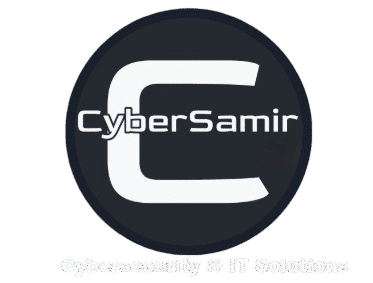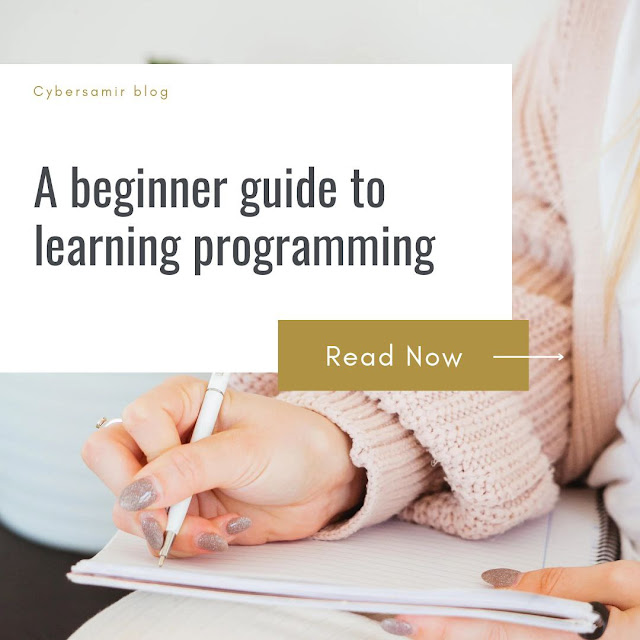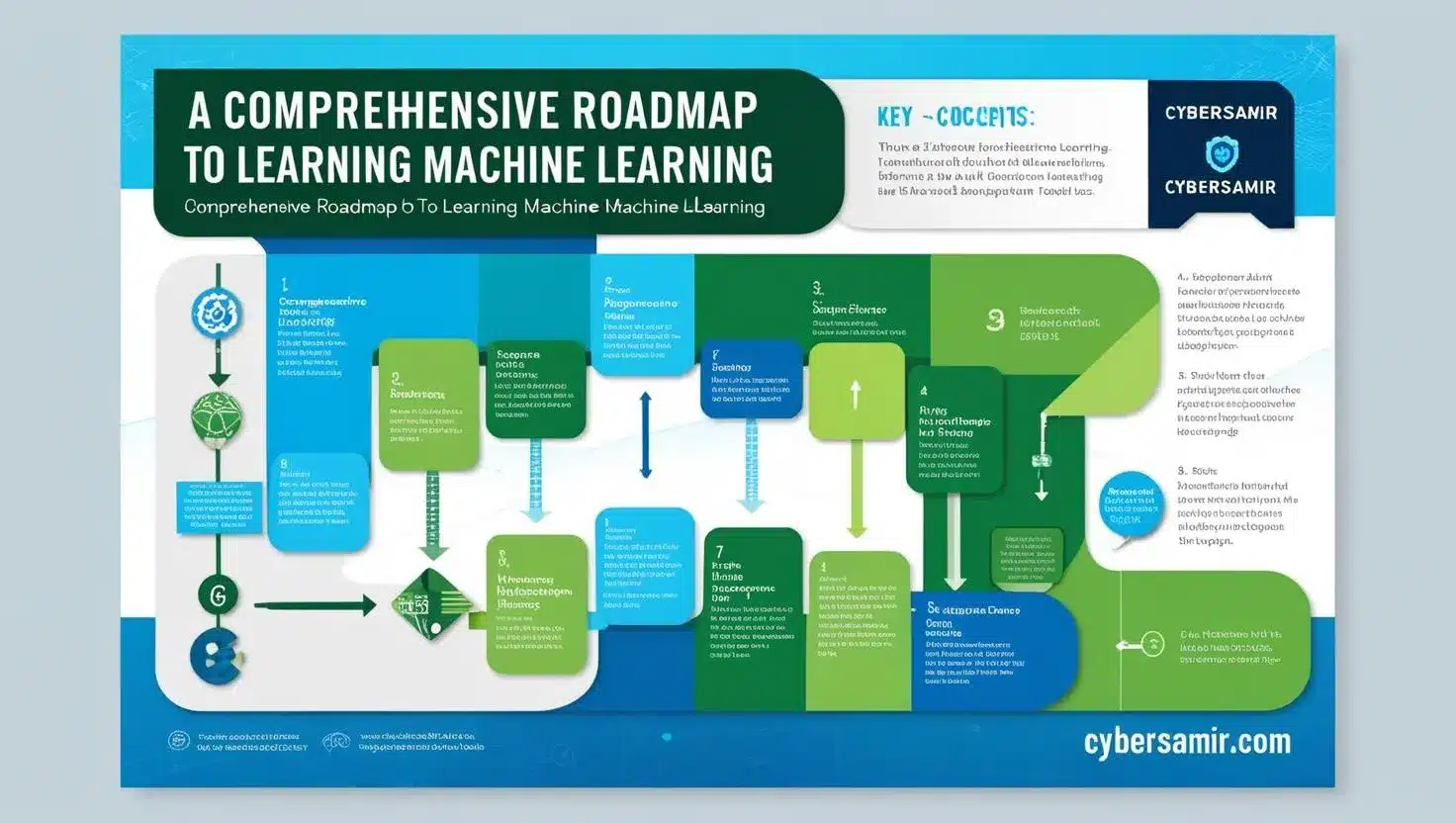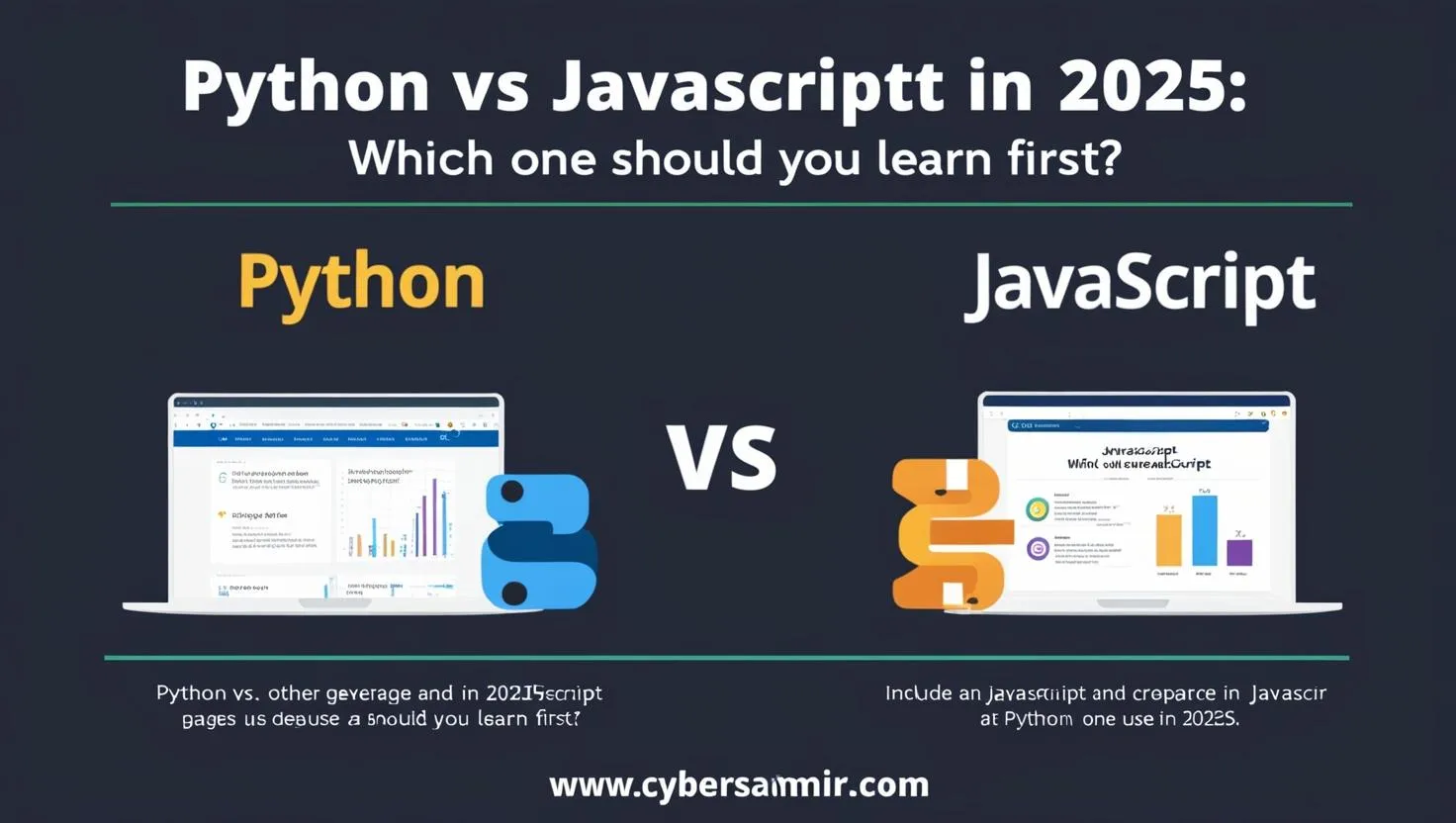In today’s tech-driven world, learning programming isn’t just a skill; it’s a gateway to unlocking a universe of possibilities. From crafting websites and apps to diving into artificial intelligence and data analysis, programming empowers you to shape the digital landscape. If you’re new to the coding realm, fear not! This comprehensive beginner’s guide will pave your way to understanding the essentials of programming, step by step.
1. Demystifying Programming: What is it?
Programming is the art of giving instructions to computers to perform tasks. These instructions are written in languages like Python, Java, or C++. Just as learning a spoken language lets you communicate with others, learning a programming language enables you to communicate with machines.
2. Choosing the Right Programming Language:
The plethora of programming languages can be overwhelming for beginners. Start with a beginner-friendly language like Python. Known for its simplicity and versatility, Python is a great stepping stone into the world of programming. Once you’re comfortable, you can explore languages that match your interests, such as web development (JavaScript), data analysis (R), or mobile app development (Swift or Kotlin).
3. Understanding Basic Concepts:
Before diving into code, grasp foundational concepts like variables (containers for data), data types (e.g., strings, integers), and operators (symbols like + or -). These building blocks will form the basis of your coding journey.
4. Logic and Control Flow:
Programming is all about logic. Understand conditional statements (if/else) and loops (for/while) to control how your code behaves. This is where you start giving your programs decision-making powers.
5. Functions and Modularization:
Break down your code into smaller, manageable chunks called functions. Functions not only make your code organized but also reusable. Imagine creating a recipe book for your computer!
6. Data Structures:
As you progress, dive into data structures like arrays, lists, and dictionaries. These structures allow you to organize and manipulate data efficiently.
7. Object-Oriented Programming (OOP):
OOP is a paradigm that helps you design and organize code around objects, making it more intuitive and easier to maintain. Concepts like classes, objects, inheritance, and encapsulation come into play here.
8. Debugging and Problem-Solving:
Coding isn’t always smooth sailing. You’ll encounter bugs and errors. The key is to approach them methodically, using debugging tools and critical thinking to identify and fix issues.
9. Version Control and Collaboration:
As you create more complex projects, version control (using tools like Git) becomes crucial. It lets you track changes, collaborate with others, and revert to earlier versions if needed.
10. Building Projects: The Ultimate Learning Tool:
Theory is essential, but practical application is where the real learning happens. Start with simple projects, like a to-do list app or a basic website. As you gain confidence, challenge yourself with more ambitious endeavors.
11. Online Resources and Courses:
The internet is a goldmine of resources for learning programming. Websites like Codecademy, Coursera, and Khan Academy offer structured courses for beginners. YouTube is also brimming with tutorials.
12. Practice, Patience, and Persistence:
Learning programming is a journey that requires time and effort. Consistent practice is key. Don’t get discouraged by challenges; each obstacle is an opportunity to learn and grow.
13. Community and Networking:
Join coding communities, forums, and meetups. Interacting with fellow learners and experienced developers can provide guidance, inspiration, and even potential collaborations.
14. Continued Learning and Adaptation:
The tech world evolves rapidly. Stay curious and continue learning. Mastering programming isn’t a destination; it’s a lifelong adventure.
If you are interested in learning programming, here is a beginner’s guide to get you started:
1. Choose a programming language: There are many different programming
languages, each with its own strengths and weaknesses. Some popular
languages for beginners include Python, Java, and C++.
2. Find a
good learning resource: There are many books, websites, and online
courses available to help you learn programming. Choose a resource that
is well-written and easy to understand.
3. Start small: Don’t try
to learn everything at once. Start with simple projects and gradually
work your way up to more complex ones.
4. Practice regularly: The
best way to learn programming is to practice regularly. Set aside some
time each day to work on your skills.
5. Don’t be afraid to ask for
help: If you get stuck, don’t be afraid to ask for help from a
friend, family member, or online forum.
Here are some additional tips for learning programming:
• Be patient: Learning programming takes time and effort. Don’t get
discouraged if you don’t understand something right away.
• Have fun!: Programming can be a lot of fun. Don’t forget to enjoy the process of learning and creating.
Here are some of the benefits of learning programming:
It can help you get a good job: Programming is a highly in-demand
skill, and there are many job opportunities available for programmers.
It can help you solve problems: Programming teaches you how to
think logically and solve problems. This skill can be applied to many
other areas of your life.
It can help you be more creative:
Programming allows you to create anything you can imagine. This can be a
very rewarding experience.
It can help you learn new things:Programming requires you to learn new concepts and skills. This can help
you become a more well-rounded learner.
If you are interested in
learning programming, I encourage you to start today. It is a
challenging but rewarding skill that can open up many new opportunities
for you.
Here are some additional resources that you may find helpful:
• Codecademy: https://www.codecademy.com/ is a free online platform that offers interactive programming tutorials.
• Free Code Camp: https://www.freecodecamp.org/ is a non-profit organization that offers free coding courses and resources.
• The Odin Project: https://www.theodinproject.com/ is a free, self-paced coding curriculum.
• Udemy: https://www.udemy.com/ offers a variety of paid online programming courses.
• Coursera: https://www.coursera.org/ offers a variety of paid and free online courses, including programming courses.
Conclusion:
Embarking on the programming journey as a beginner can be both exciting and daunting. However, with the right approach and mindset, you can conquer the complexities of coding. Remember that even the most seasoned programmers were once novices. By understanding the fundamental concepts, choosing the right language, practicing consistently, and engaging with the programming community, you’re setting yourself up for a rewarding voyage into the world of digital creation and innovation. So, equip yourself with patience, persistence, and a thirst for knowledge, and let your programming journey begin!






